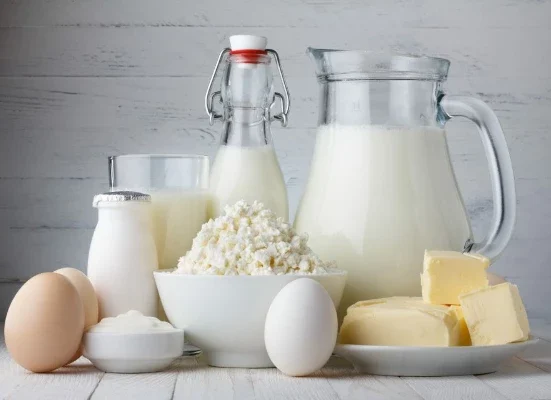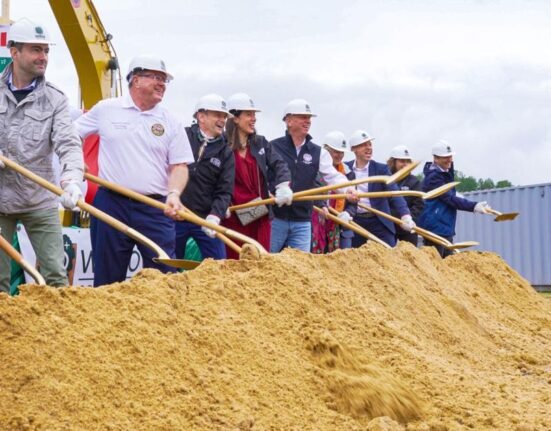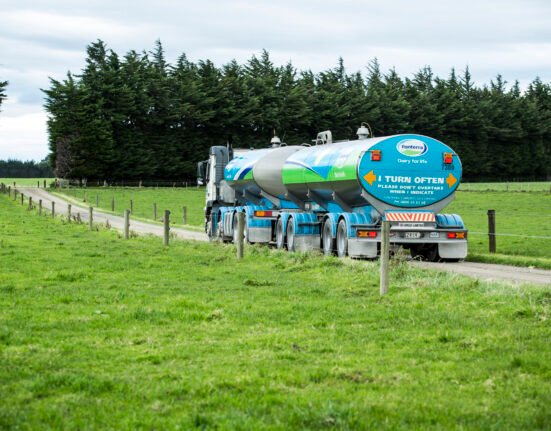By Prashant Tripathi
June 2025 | Dairy Dimension Heritage Series
A seemingly unassuming perforated terracotta pot, displayed behind glass in a museum, may hold the key to one of the Indian subcontinent’s most beloved culinary staples: paneer. This ancient vessel, excavated from the Indus Valley Civilisation (circa 2600ŌĆō1900 BCE), is providing historians and food researchers with critical evidence that milk processing ŌĆö possibly including early forms of cheese-making ŌĆö has deep roots in India.
¤öŹ What is the Artefact?
The object in question is a perforated cylindrical pot made of baked terracotta. Such artefacts have been excavated at major Harappan sites, including Mohenjo-Daro, Harappa, and Rakhigarhi. The pot’s holes suggest it was likely used as a strainer, possibly to separate curds from whey ŌĆö a process fundamental to making paneer or similar dairy products.
Its design is distinct: tall, cylindrical, riddled with small holes, and open at the top ŌĆö ideal for draining liquids from semi-solid substances like curdled milk.
¤¦Ć Paneer Before the Mughals?
Mainstream narratives often credit the introduction of acid-coagulated cheese (like paneer) to Persian or Afghan influences during medieval India. However, the presence of these ancient strainer pots challenges that notion. While it is true that classical Vedic texts (1500 BCE onward) emphasise ghee and curd rather than paneer, archaeological evidence suggests that early Indian societies were indeed separating milk solids, possibly consuming them fresh or as dried protein sources.
¤Éä Dairy in the Indus Valley Civilisation
The Indus Valley people practised animal husbandry, particularly of buffaloes and cattle, and archaeological records indicate extensive use of dairy products. A 2020 isotope study published in Nature revealed milk residues in Harappan pottery, confirming that dairy consumption was widespread.
The use of perforated vessels alongside dairy-linked pottery implies a more advanced understanding of milk processing than previously acknowledged.
¤īŹ A Global Debate, With Indian Roots
Globally, the history of cheese goes back millennia, with finds in Poland, Egypt, and the Fertile Crescent. However, the Indian subcontinent is unique in that it favours fresh, unfermented, acid-coagulated cheeses like paneer ŌĆö a culinary tradition that continues vibrantly today.
While aged cheeses are rare in Indian traditions, fresh paneer has been a staple in the diets of vegetarians, temple kitchens, and rural households alike.
¤¦Š Conclusion: A Story of Continuity
From an ancient pot to your modern kitchen, the journey of paneer is a tale of cultural continuity, ingenuity, and nutritional wisdom. The Harappan strainer pot stands not just as an archaeological relic, but as a symbol of India’s 4,000-year-old dairy legacy, reminding us that what we call “innovation” today may well be a rediscovery of ancestral knowledge.







